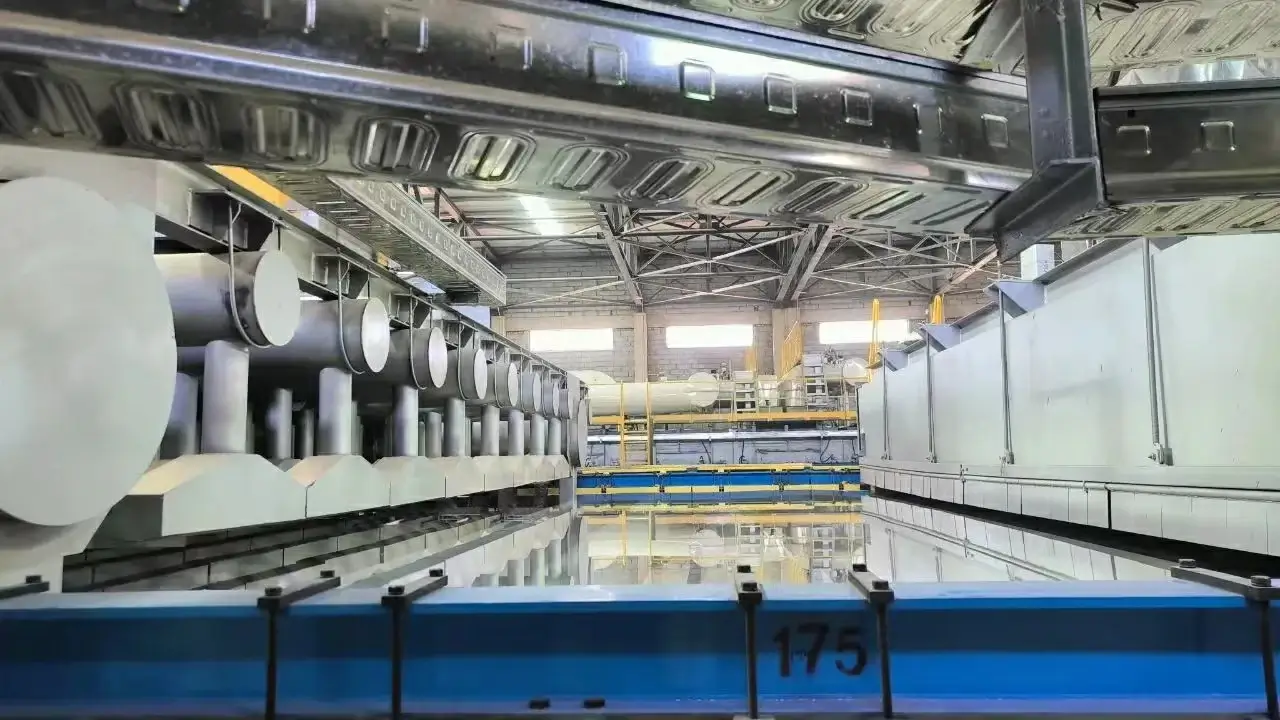

The Allure of Reflective Gray Glass A Modern Aesthetic
In the realm of contemporary design, the use of reflective gray glass has emerged as a defining feature, shaping the aesthetic and functionality of a variety of spaces. This unassuming yet striking material offers a unique blend of elegance, versatility, and practicality that resonates with architects, interior designers, and homeowners alike.
Reflective gray glass is characterized by its smooth, glossy surface that mirrors its surroundings. Unlike traditional glass, its reflective properties provide a dynamic interplay between light and shadow, transforming the ways in which spaces are perceived. Whether used in skyscrapers, residential homes, or decorative elements, reflective gray glass possesses the ability to create a sense of depth and dimension, enhancing the overall atmosphere of any environment.
One of the most compelling advantages of reflective gray glass is its capacity to control natural light. In spaces with large windows or extensive glass facades, the reflective surface helps manage glare while still allowing an abundance of daylight to filter in. This not only creates bright and inviting interiors but also contributes to energy efficiency. By reducing the need for artificial lighting during the day, reflective gray glass can significantly lower energy consumption, aligning with sustainable design practices that are increasingly vital in today’s architecture.

Beyond practical benefits, reflective gray glass serves as a striking design element. Its sleek, modern appearance complements a wide array of styles, from minimalist to industrial. The neutrality of gray allows it to blend seamlessly with other materials, such as wood, metal, and stone, creating a harmonious visual palette. In residential settings, it can be used for everything from kitchen backsplashes to bathroom mirrors, providing a chic finish that elevates ordinary spaces into extraordinary ones.
The use of reflective gray glass is not limited to interiors. In commercial architecture, it plays a crucial role in crafting the identities of buildings. High-rise office towers adorned with reflective glass facades can symbolize modernity and sophistication, standing as landmarks in urban landscapes. Moreover, these glass surfaces can reflect the environment, allowing buildings to merge with their surroundings while making a bold architectural statement.
However, the aesthetic appeal of reflective gray glass must be balanced with considerations of privacy and visibility. While its reflective nature provides a level of seclusion during the day, care must be taken to select appropriate locations and orientations. Strategic design choices, such as integrating shading systems or selecting specific glass treatments, can enhance privacy without sacrificing natural light.
In conclusion, reflective gray glass is more than just a building material; it embodies a modern aesthetic that is both functional and visually captivating. Its versatility makes it a favored choice among designers looking to create spaces that are not only beautiful but also practical. As urban environments continue to evolve and the demand for innovative, sustainable materials grows, reflective gray glass is poised to remain at the forefront of architectural and interior design trends. The allure of this material lies in its ability to transform spaces, marrying form and function in a way that resonates deeply with contemporary sensibilities.